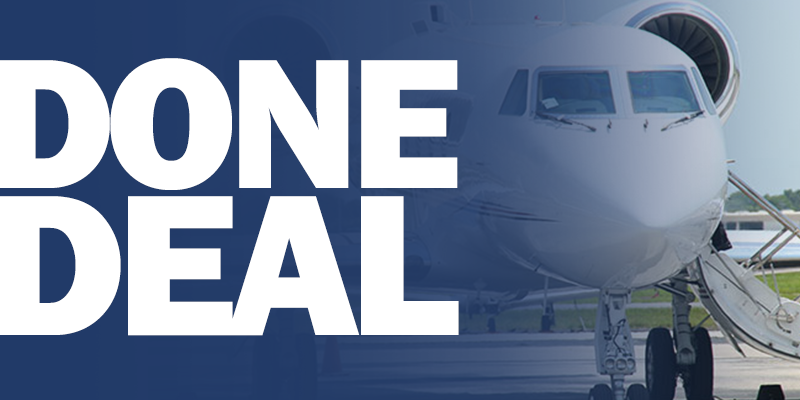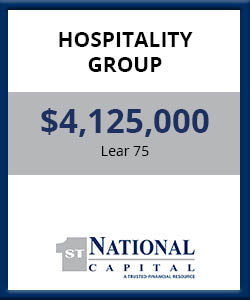For businesses considering private aircraft ownership, there’s more to gain than just the convenience of flying on-demand. Tax incentives for private aircraft purchases offer substantial savings that can offset costs, provide deductions against taxable income, and make private aviation more affordable. By leveraging bonus depreciation, companies can receive tax breaks that ultimately reduce the expense burden, freeing up capital for other business ventures or reinvestment. Let’s explore how these benefits work with examples to illustrate potential savings.
Tax Benefits Through Bonus Depreciation
The Tax Cuts and Jobs Act allows for up to 60% bonus depreciation in 2024 on qualifying assets, including private aircraft, in the year the aircraft is placed in service. This deduction enables businesses to claim a significant tax benefit immediately rather than spreading it over multiple years, effectively reducing taxable income and making the purchase more affordable.
Example 1: $10,000,000 Aircraft Purchase in a 35% Tax Bracket
- 35% Tax Bracket:
- Initial Deduction: $800,000 would be a normal, first-year standard depreciation deduction as an investment this size would NOT qualify for Section 179 depreciation benefits but WOULD qualify for bonus depreciation as described in the following.
- Bonus Depreciation: With 60% bonus depreciation, the entire $6,000,000 can be deducted in the first year.
- Tax Savings Calculation: $6,800,000 first-year tax benefit x 35% tax bracket = $2,380,000 in tax savings.
- Net Aircraft Cost: $10,000,000 purchase price – $2,380,000 tax savings = $7,620,000 net cost
The total net investment in the jet is reduced be over $2,500,000.
Example 2: Enhanced Affordability with Lease Financing
To further enhance affordability, consider pairing the tax benefits of bonus depreciation with a lease financing structure. A typical finance term might include a 20% upfront payment and a 30% residual at the end of an eight-year term.
For a $10,000,000 aircraft:
- Up-front Payment: $10,000,000 x 20% = $2,380,000. By making the up-front payment the same as your forecasted depreciation benefit, the tax savings are essentially paying for your up-front equity requirement)
- Residual Value at Term End: $10,000,000 x 30% = $3,000,000.
- Total Financed Amount: $7,620,000 (aircraft value less up-front payment fully covered by the depreciation benefit in a 35% tax bracket) – $3,000,000 residual value = $4,620,000
The total principal amount financed over the period of the lease would be less than $5,000,000.
In addition to reducing immediate cash outlay, this structure allows the business to spread costs while still capitalizing on tax savings. The bonus depreciation applies to the total aircraft purchase amount, even if only part is paid upfront. This combination of tax benefits and flexible financing helps businesses achieve more manageable cash flow while acquiring a valuable asset.
Conclusion
Whether looking to offset taxable gains or simply make private aviation more financially accessible, the available tax benefits for private aircraft can be a strategic advantage. By combining bonus depreciation with lease financing options, businesses can enjoy both the immediate tax savings and long-term affordability, making private aircraft ownership a financially sound decision.
Tax Professional Guidance: Because tax laws and requirements can differ significantly based on various factors (business structure, total asset purchases, etc.), you should consult with a tax professional to navigate the specific rules applicable to your situation. First National Capital does not hold itself to be a tax advisor.















